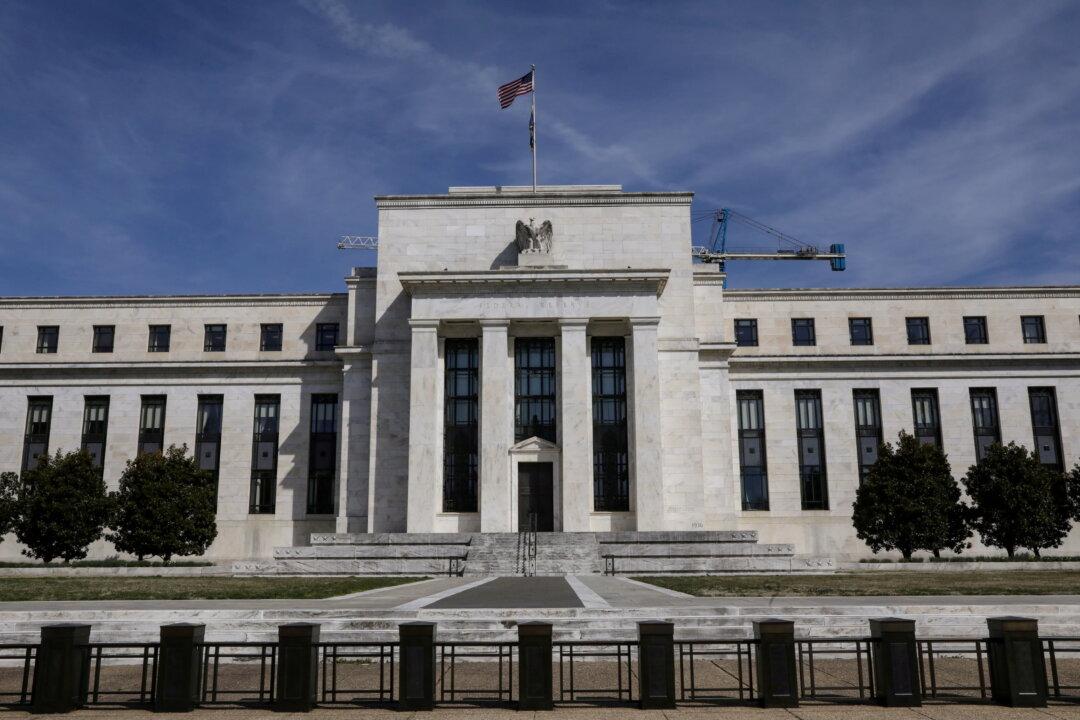The recent banking sector turmoil has caused lenders to tighten borrowing standards, squeezing the supply of credit to households and businesses, potentially threatening economic growth, according to a report from the Federal Reserve.
The Fed’s quarterly Senior Loan Officer Opinion (SLOOS) survey, released Monday, showed that U.S. credit conditions continued tightening in the first months of the year.





